9-Vinylcarbazole
- CAS NO.:1484-13-5
- Empirical Formula: C14H11N
- Molecular Weight: 193.24
- MDL number: MFCD00004966
- EINECS: 216-055-0
- SAFETY DATA SHEET (SDS)
- Update Date: 2024-12-18 14:07:02
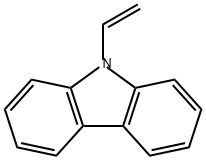
What is 9-Vinylcarbazole?
Chemical properties
slightly brown crystalline solid
The Uses of 9-Vinylcarbazole
9-Vinylcarbazole is used as a monomer in the production of poly(vinylcarbazole), a conductive polymer, in which conductivity is photon-dependent. It is also used in the photoreceptors of photocopiers.
The Uses of 9-Vinylcarbazole
Polymerizes to form heat-resistant and insulating resins somewhat similar to mica in dielectric properties.
Purification Methods
Crystallise N-vinylcarbazole repeatedly from MeOH in amber glassware. It sublimes in a vacuum. [Beilstein 20 II 282, 20 III/IV 3830, 20/8 V 19.]
Properties of 9-Vinylcarbazole
| Melting point: | 60-65 °C(lit.) |
| Boiling point: | 154-155 °C3 mm Hg(lit.) |
| Density | 1,085 g/cm3 |
| refractive index | 1.5850 (estimate) |
| Flash point: | 182℃ |
| storage temp. | Inert atmosphere,2-8°C |
| solubility | Soluble in acetonitrile. |
| form | Crystalline Powder |
| color | Off-white to yellow |
| BRN | 132988 |
| Stability: | Stable. Incompatible with strong acids, strong oxidizing agents. |
| CAS DataBase Reference | 1484-13-5(CAS DataBase Reference) |
| EPA Substance Registry System | 9-Vinylcarbazole (1484-13-5) |
Safety information for 9-Vinylcarbazole
| Signal word | Danger |
| Pictogram(s) |
 Skull and Crossbones Acute Toxicity GHS06  Health Hazard GHS08  Environment GHS09 |
| GHS Hazard Statements |
H300:Acute toxicity,oral H312:Acute toxicity,dermal H315:Skin corrosion/irritation H317:Sensitisation, Skin H341:Germ cell mutagenicity H410:Hazardous to the aquatic environment, long-term hazard |
| Precautionary Statement Codes |
P202:Do not handle until all safety precautions have been read and understood. P261:Avoid breathing dust/fume/gas/mist/vapours/spray. P273:Avoid release to the environment. P280:Wear protective gloves/protective clothing/eye protection/face protection. P301+P310:IF SWALLOWED: Immediately call a POISON CENTER or doctor/physician. |
Computed Descriptors for 9-Vinylcarbazole
| InChIKey | KKFHAJHLJHVUDM-UHFFFAOYSA-N |
9-Vinylcarbazole manufacturer
New Products
(S)-3-Aminobutanenitrile hydrochloride 4-Methylphenylacetic acid N-Boc-D-alaninol N-BOC-D/L-ALANINOL Tert-butyl bis(2-chloroethyl)carbamate N-octanoyl benzotriazole 3-Morpholino-1-(4-nitrophenyl)-5,6-dihydropyridin- 2(1H)-one Furan-2,5-Dicarboxylic Acid S-2-CHLORO PROPIONIC ACID ETHYL ISOCYANOACETATE 2-Bromo-1,3-Bis(Dimethylamino)Trimethinium Hexafluorophosphate 4-IODO BENZOIC ACID 3-NITRO-2-METHYL ANILINE 1-(2,4-DICHLOROPHENYL) ETHANAMINE (2-Hydroxyphenyl)acetonitrile 4-Bromopyrazole 5,6-Dimethoxyindanone 2-(Cyanocyclohexyl)acetic acid 4-methoxy-3,5-dinitropyridine 1-(4-(aminomethyl)benzyl)urea hydrochloride 2-aminopropyl benzoate hydrochloride diethyl 2-(2-((tertbutoxycarbonyl)amino) ethyl)malonate tert-butyl 4- (ureidomethyl)benzylcarbamate Ethyl-2-chloro((4-methoxyphenyl)hydrazono)acetateRelated products of tetrahydrofuran
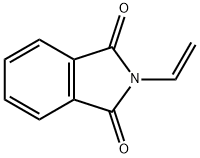






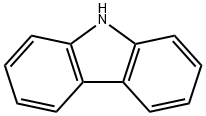
You may like
-
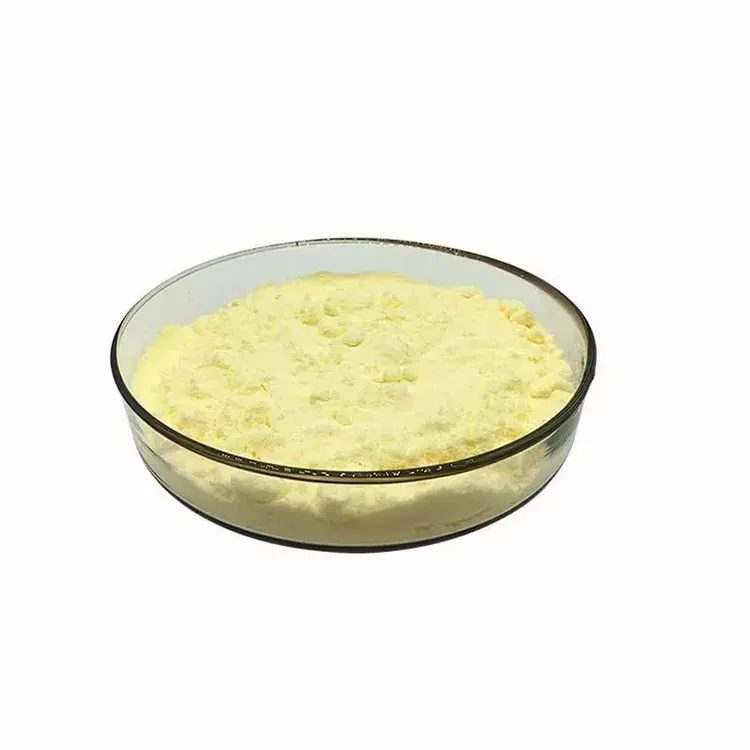 1484-13-5 N-Vinylcarbazole 99%View Details
1484-13-5 N-Vinylcarbazole 99%View Details
1484-13-5 -
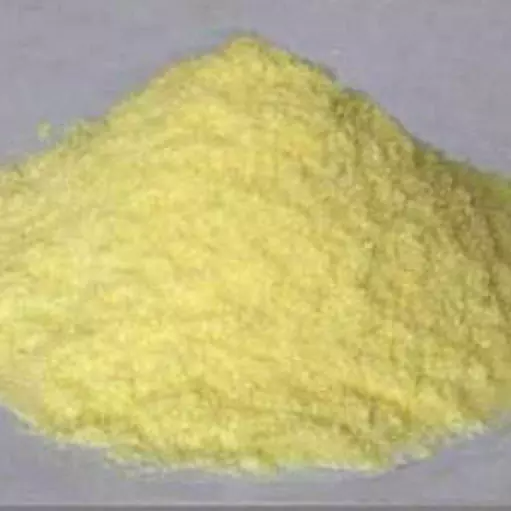 1484-13-5 99%View Details
1484-13-5 99%View Details
1484-13-5 -
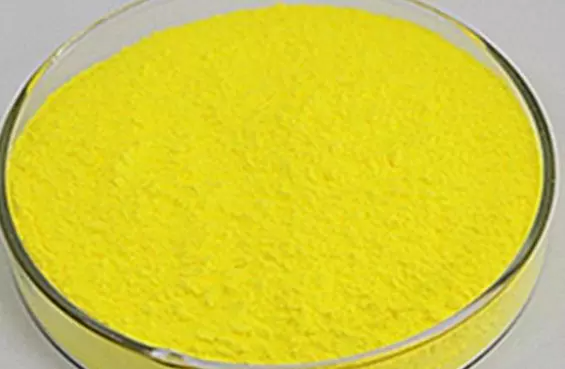 N-Vinylcarbazole 98%View Details
N-Vinylcarbazole 98%View Details
1484-13-5 / 228120-10-3 -
 9-Vinylcarbazole CAS 1484-13-5View Details
9-Vinylcarbazole CAS 1484-13-5View Details
1484-13-5 -
 N-Vinylcarbazole 98% (GC) CAS 1484-13-5View Details
N-Vinylcarbazole 98% (GC) CAS 1484-13-5View Details
1484-13-5 -
 9-Vinylcarbazole CAS 1484-13-5View Details
9-Vinylcarbazole CAS 1484-13-5View Details
1484-13-5 -
 14714-50-2 (2-Hydroxyphenyl)acetonitrile 98+View Details
14714-50-2 (2-Hydroxyphenyl)acetonitrile 98+View Details
14714-50-2 -
 118753-70-1 98+View Details
118753-70-1 98+View Details
118753-70-1
Statement: All products displayed on this website are only used for non medical purposes such as industrial applications or scientific research, and cannot be used for clinical diagnosis or treatment of humans or animals. They are not medicinal or edible.